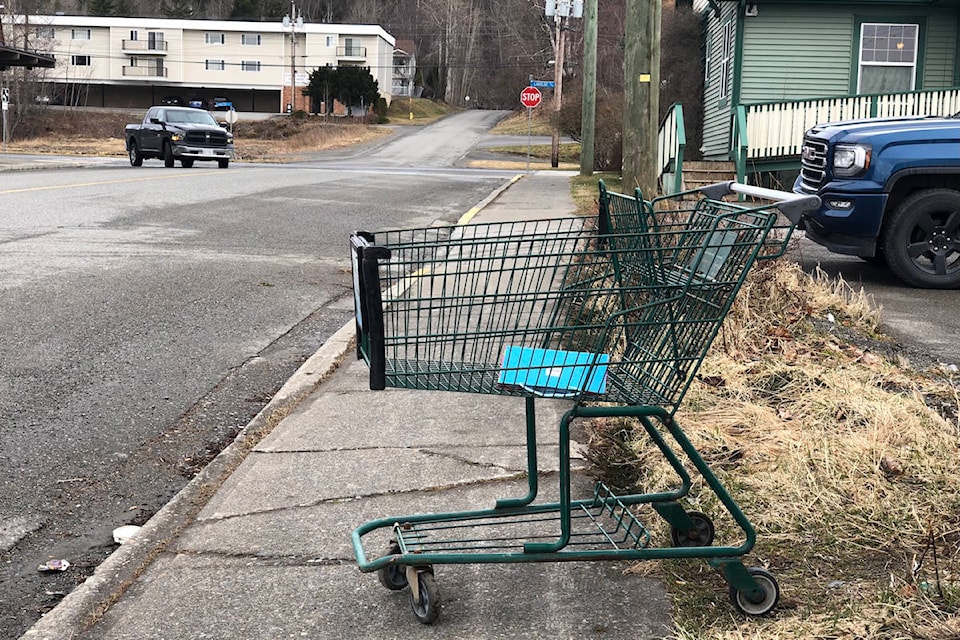A total number of 85 people are experiencing homelessness in Terrace in 2021, according to the city’s homeless count released July 14.
The number is a slight increase from the last homeless count conducted in 2019 which identified 71 people experiencing homelessness in Terrace. The city did not conduct a homeless count in 202o due to the COVID-19 pandemic.
The breakdown points towards a higher representation of young, male, Indigenous people who seem to be experiencing homelessness in the city.
The original count totalled 73 people in the report submitted to the city by Ksan Society, which conducted the survey in April 19-20. It was the first time Ksan Society conducted the count. The new, final number of 85 was presented to the city council on the morning of July 14, by Lisa Schmidt, Ksan Society’s director of counselling & support programs.
The count used the point-in-time-methodology which surveys people over a period of 24-hours and provides a snapshot of the population. It does not include the “hidden homeless” population (people who do not have a regular address or couch surfing or are in secluded places) or the number of people who are at risk of losing their homes.
Based on a comment from a volunteer counter, Schmidt told Terrace council that one of the challenges that emerged during the homeless count that may have impacted the data collection was the high police presence downtown.
“Between the police and security near the capacity expansion shelter, [volunteers] watched several people scatter and weren’t even able to approach them to ask if they wanted to participate,” said Schmidt. Ksan’s report also suggests that the roll-out of government child benefits on April 20, might have taken “folks off the streets.”
Out of the 85 people reported to be experiencing homelessness in Terrace, 56 were sheltered while 29 were unsheltered, she said.
According to the report, most of the sheltered population experiencing homelessness included people staying in one of the shelters in the city such as Ksan Residence & Shelter, Capacity Expansion Shelter and Ksan Transition House. No data was available from Mills Memorial Hospital or RCMP cells.
Volunteers spoke to a total of 108 people who responded to the survey out of which 58 percent were males, 30 per cent were females and one person identified as transgender.
With almost 87 per cent of people surveyed claiming Indigenous ancestry, the 2021 homeless count report also showed an over-representation of Indigenous people experiencing homelessness in Terrace. In 2019, Indigenous population represented 82 per cent of the total count.
Persons living in homelessness are primarily citizens of Terrace with 42 individuals (74 per cent) having lived in the city for a length of time, and only 15 individuals ( 26 per cent) reported living here for less than a year. Many of the people who came from outside Terrace said that they moved to the city looking for work and had now where to live, according to a volunteer counter’s comment in the report. They arrived from neighbouring northwest B.C. communities like Kitimat, Gitlaxt’aamiks, Laxgalts’ap, Prince Rupert, Hazelton, and Prince George to name a few.
Of the people included in the count, 32 per cent were between the ages of 30 to 39 and 26 per cent between the ages of 19 to 29.
The most cited reason for individuals losing their housing is addiction, followed by low income, conflict with spouse/partner, unfit housing conditions, mental and physical health, landlord conflict, death of a family member, partner abuse, hospitalization, discrimination, and leaving home community among others.
Based on the findings of the report, emergency room service was the most used service in the city by people experiencing homelessness. Followed by non emergency hospital/ medical, ambulance, housing and food services among others.
